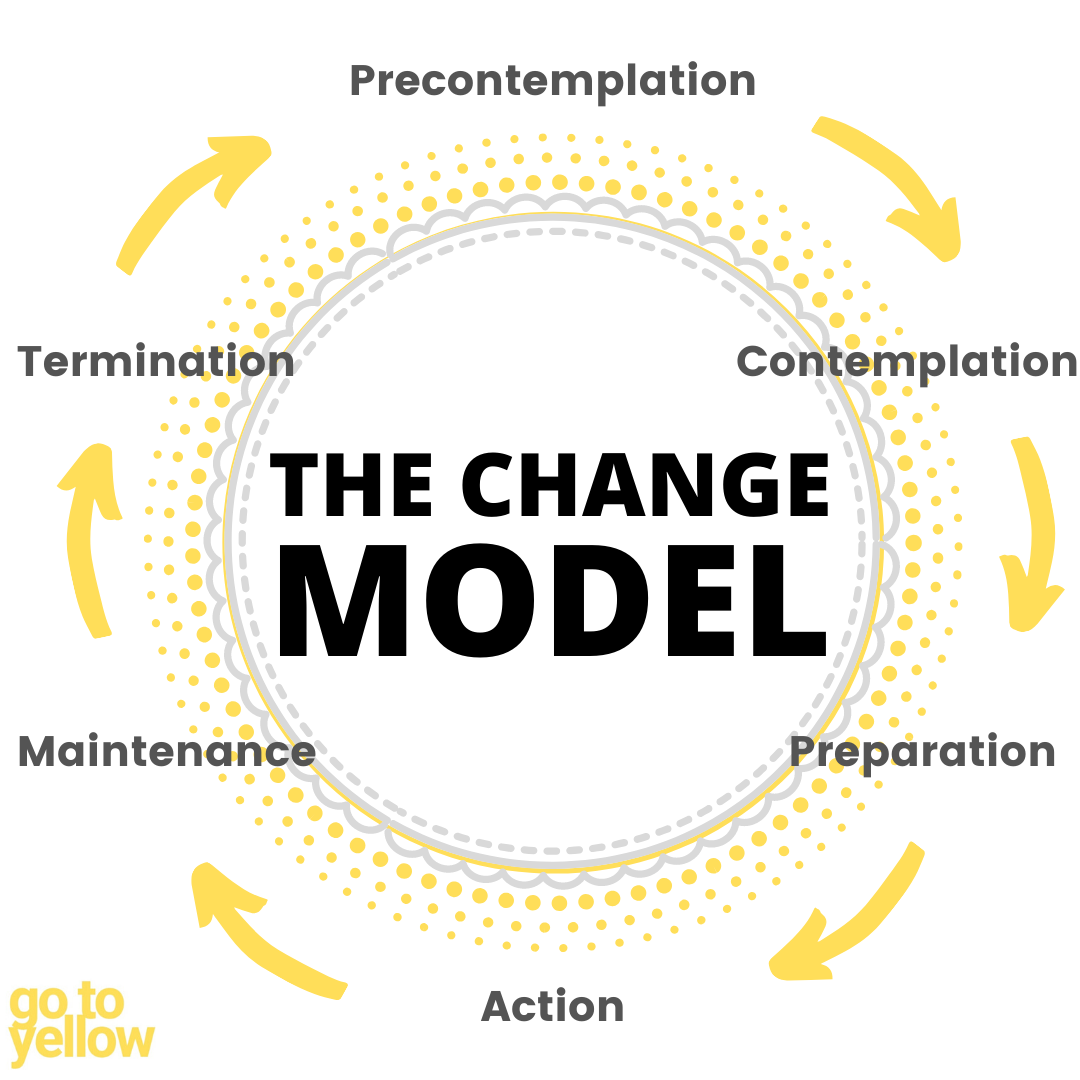
Don’t Let Fear Hold You Back

Our brains can detect potentially dangerous situations and our natural instinct is to stay safe. So when the going gets tough, guess what we will do?
Yep, we will keep ourselves in our comfort zone!
The zone of no growth.
Yellow people actively reflect and plan for the future. They identify what is holding them back and are ruthless on their journey to success.
We all have some or all of the 7 fears types. The challenge we have is allowing fears to control us instead of managing them.
When we crush fears, it allows us to get through the storm to enjoy the beauty in life.
What personally held me back for many years was being judged and not accepted, in society and within my career. So I stayed safe at the detriment of my own wellbeing and career development. It was me who lost in that situation.
The day I woke up to my fears, I learned how to use them to my advantage so that my life started to change for the better.
I launched my own business in a field that I had never worked in before. I knew my passion, and I owned my fears.
Are you ready to be bold too?
So what are the 7 types of fear?
The procrastinator
The Procrastinator is closely linked with the perfectionist. These people must perfect everything, and so obsess with the end product. The planning stages never quite gets finished or if they do start, they struggle to stop until it has been “perfected” to their very high standards.
The Rule Follower
is exactly as it sounds! Compelled to act and behave accordingly to the clear definitions of what’s right and wrong, even if it’s at the expense of your own success. Rule followers constantly think about making the right decision and what they might miss out on if they took the one option and not the other.
People Pleaser
Struggling with the fear of being judged or worry about what others think about you. God forbid someone might be disappointed – people-pleasers would do whatever the other wants instead. Saying no is a challenge. Having boundaries even harder.
Pessimist
Are fearful of adversity or pain. Hard times in life feel more like stop signs rather than stepping stones to success. They believe that old problems get in the way of them moving forward.
An outcast
is common for entrepreneurs. Others see them as fearless but deep down, an outcast is afraid of rejection so they push away people first. Asking for help is another problem to overcome. Trusting others to achieve an outcome is a constant internal battle when they want to do it all themselves.
^ this was me! I felt like I was not good enough in my role, and if I exposed myself, I may be fired. I never asked for help and went on to limit my personal and career development 🙁
Self-Doubters
The deep feelings of insecurity about their capabilities. Seeing the world as an opportunity is difficult when they are so “stuck” in moving forward. Judging others who take big leaps is a way of hiding their own fears.
Excuse Maker
We all know a few of these. Excuse makers rarely take responsibility for their life choices and goals are a mammoth challenge. Instead of taking the bold step to lead, they take a “laid back” approach to life. They find it easier for others to make decisions for them. Excuse makers always find a reason to not start, they tend to be in lack of something like money, time, a team etc.
Each of these fears requires a particular thought pattern to reprogramme it.
The main thing to note is that without knowing which fear is holding you back and learning how to step out of your comfort zone, you will continue to repeat the same things over and over again.
WANT TO LEARN YOUR FEAR TYPE & WHAT YOU CAN DO ABOUT IT?
Schedule your call with me, go through a questionnaire to identify your fear type and together we can devise a plan to overcome the fear in order to achieve your biggest goals.
BOOK TODAY HERE >>> gotoyellow.co.uk/schedule-a-call

Tammy Whalen Blake
Founder of go to yellow
Personal Development Coach


